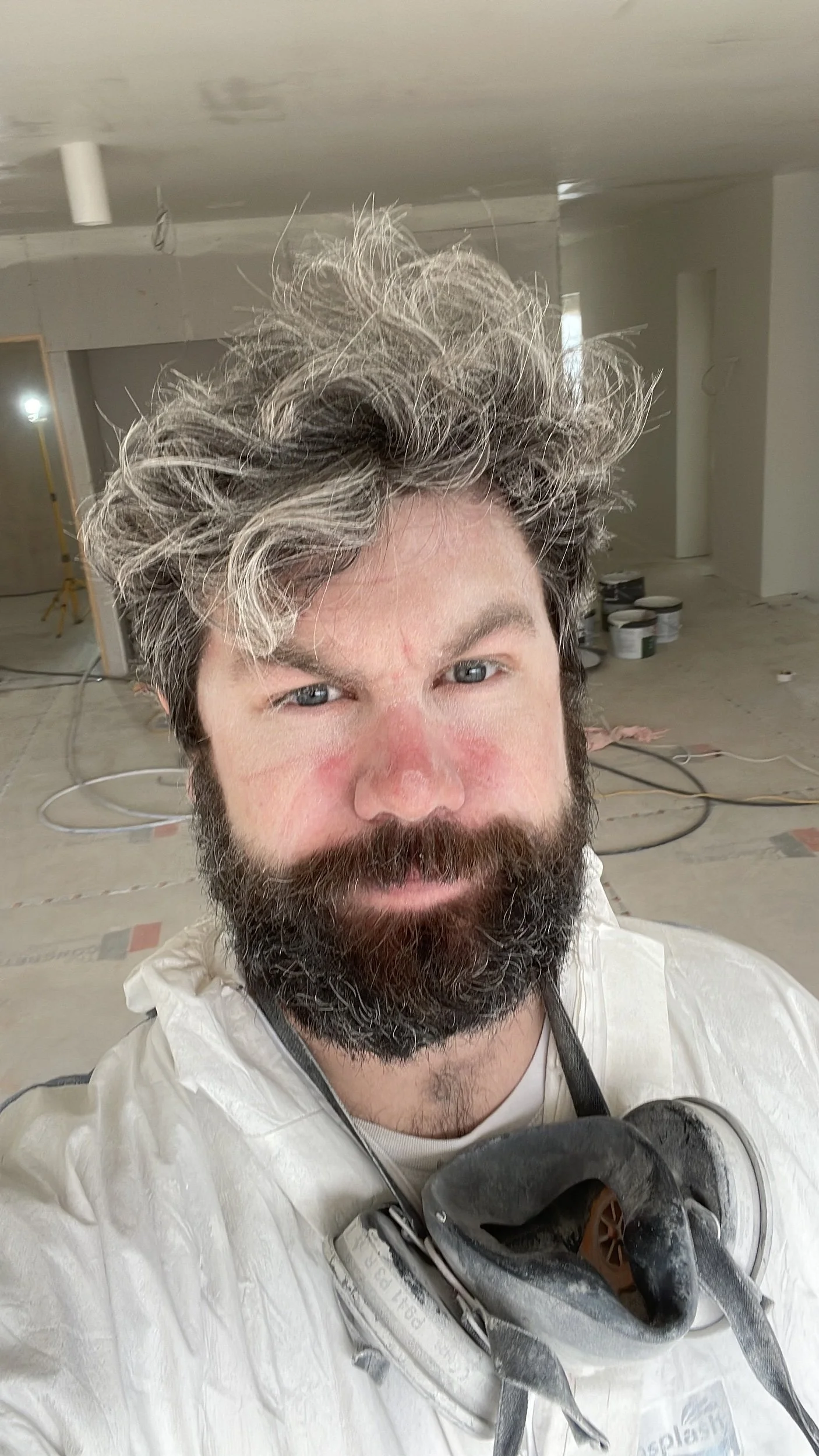Is my plaster dry yet?
Painting on fresh plaster can be a tempting prospect, but it's essential to let it dry completely before you begin to paint. Failure to do so can result in several issues that can compromise the quality and longevity of the finished project. In this blog, we'll explain how dry plaster should be before painting it.
When is Plaster Considered Dry?
The amount of time it takes for plaster to dry depends on several factors, including the thickness of the plaster, humidity, and temperature. Typically, it takes about four weeks for plaster to dry fully. However, this can vary depending on the conditions in which the plaster is drying.
One way to determine if the plaster is dry enough to paint is to use a moisture meter. This device measures the moisture content in the plaster, and readings below 14% indicate that the plaster is dry enough to be painted.
Why is it Important to Wait for Dry Plaster Before Painting?
Painting on wet or partially dry plaster can lead to a range of issues that can affect the overall quality of the finished project. These include:
Uneven Drying: Painting on wet plaster can cause uneven drying, resulting in cracking, blistering, or peeling of the paint.
Poor Adhesion: Wet plaster can interfere with the bonding of the paint to the surface, leading to poor adhesion and flaking.
Staining: Painting on wet plaster can result in staining or discoloration of the paint, particularly if the plaster is still releasing moisture.
Mold and Mildew Growth: Painting on wet plaster can create an environment that is conducive to mold and mildew growth, leading to unpleasant odors and potential health risks.
How to Ensure Proper Drying of Plaster Before Painting?
To ensure that the plaster is dry before you start painting, it's crucial to follow these steps:
Wait for the Recommended Drying Time: As mentioned earlier, the plaster should dry for at least four weeks before painting.
Check the Moisture Content: Use a moisture meter to check if the plaster is dry enough for painting.
Test the Surface: Before you start painting, test the surface for any remaining moisture by taping a piece of plastic wrap to the wall and leaving it for 24 hours. If there is any condensation or moisture under the plastic wrap, the plaster is not dry enough for painting.
While it's crucial to let plaster dry completely before painting, there are some ways to speed up the process and reduce the wait time. One such way is to use a breathable paint.
Breathable paints are specially formulated to allow moisture to escape from the underlying surface, allowing it to dry more quickly. These paints are designed to be applied to porous surfaces such as plaster, concrete, and masonry, where moisture can become trapped and slow down the drying process.
Using a breathable paint can help reduce the wait time for plaster to dry, but it's essential to follow the manufacturer's instructions carefully. Typically, breathable paints are designed to be applied to fully dry plaster, and it's important to ensure that the plaster is completely dry before applying the paint.
Breathable paints can also help prevent issues such as cracking and peeling, which can occur when moisture becomes trapped beneath the surface of the paint. They allow the surface to breathe, reducing the risk of moisture buildup and the associated problems.
In conclusion, while it's important to let plaster dry completely before painting, using a breathable paint can help speed up the process and reduce the wait time. However, it's essential to follow the manufacturer's instructions carefully and ensure that the plaster is fully dry before applying the paint. By doing so, you can achieve a high-quality, long-lasting finish that looks great and stands the test of time.

